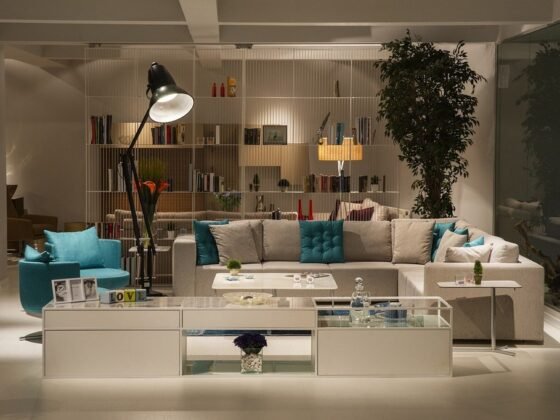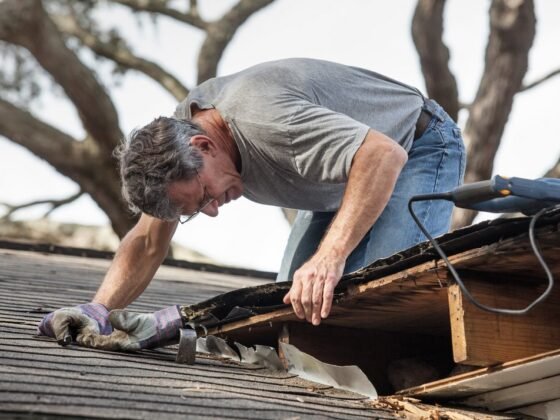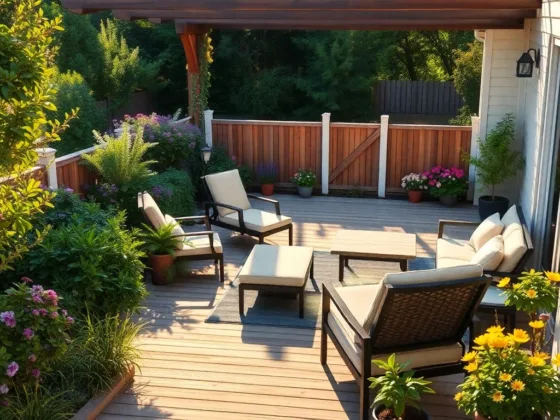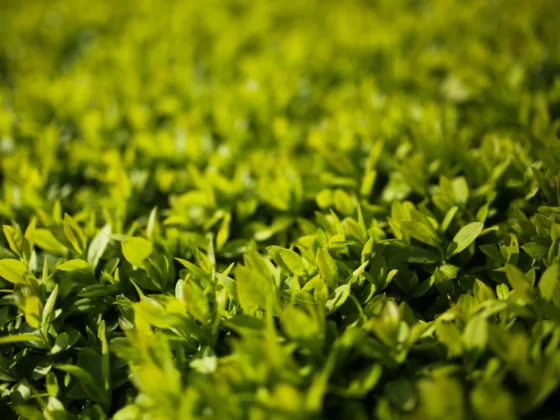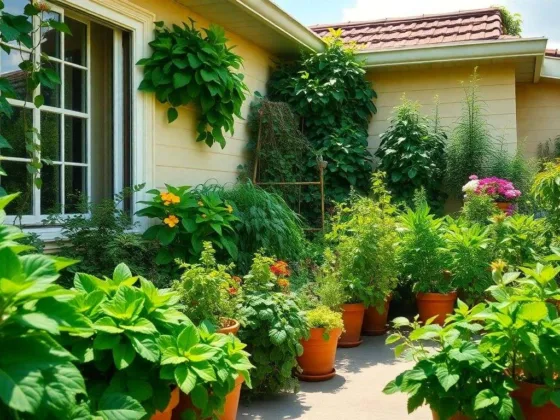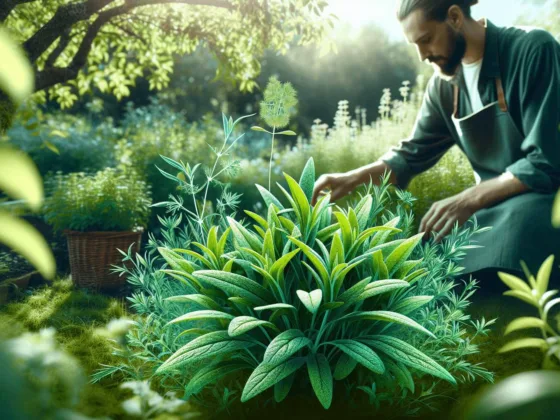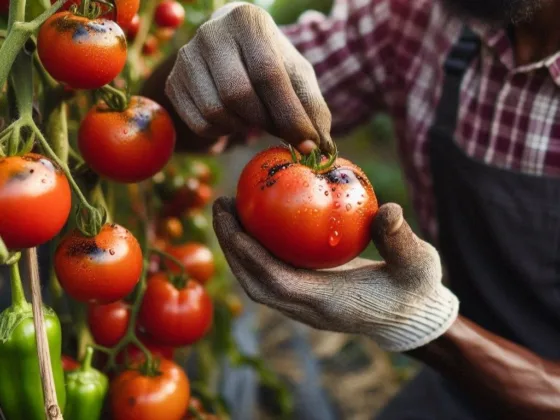Table of Contents Show
How can you landscape a beautiful yard and make it dog-friendly at the same time? That’s not an easy question for many yard owners to answer. But thankfully, when you know the innate traits of your dog’s breed, you can modify your garden and dog kennel to suit.
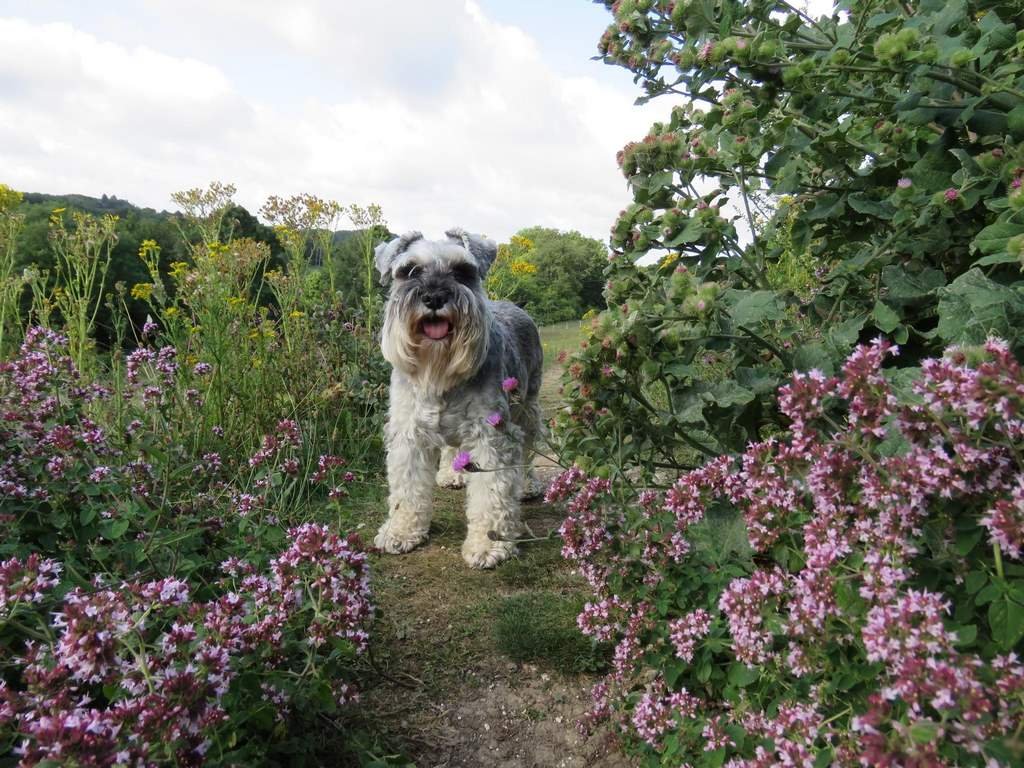
Here are some tips to help you enjoy the loving companionship of your dog while you maintain a good-looking yard.
1. Make Pet-friendly Surfaces
Your dog needs daily exercise to stay happy and healthy. But the frequent paw traffic will damage the soil and kill your grass. To prevent this, create pathways with flagstone, tree bark, or mulch. Then train your dog to walk or run on this path daily.
If your dog likes to act like a guard (demonstrated by running around fence lines to protect you and your property), you should create a path near your fence.
Make a nice running track with a mulched or stone path along the fence line. One small benefit of this fenced path is that you won’t have to trim the grass around that area.
2. Choose Non-Toxic Plants
Some common yard plants are harmful to dogs. A few examples are daffodils, tulips, azaleas, and lilies. Some of these plants can make dogs sick or even potentially fatal to them. However, various dog breeds react differently to certain plant species. For this reason, you need to:
- Talk to your vet to find out which varieties are potentially toxic to your pooch.
- List the plants you have in your garden to know the number of potentially toxic ones that are present there.
- Separate your toxic plants and keep them out of reach with a wire fence.
- Keep your dog away from your lawn for at least 24 hours when you have just treated your lawn with chemicals.
3. Install a Water Feature
It doesn’t take a lot for a dog to get dehydrated in the warmer months, and for this reason, you should have easily accessible and clean drinking water. This is an important feature of any pet-friendly yard and should be considered from the outset.
Creating a modest pond will not only serve to cool down your four-legged friend, but it will also provide for some of the other local animals that might find themselves in your garden oasis.
Additionally, if you don’t want your dog to swim in your pond, you can install a water bubbler. It will add a nice calming sound to your yard, further adding to the zen-like quality of the surrounding area.
4. Put up a Fence
Fencing is one of the most important ways to protect your dog. Having adequate fencing will keep your dogs safe and prevent them from potentially damaging your neighbour’s yards or property.
A completely fenced yard can keep your dogs off the road, further reducing the chances of them being hit by a vehicle, picked up by animal control, or even stolen. Based on your budget, you can choose any of these fencing materials:
- Chain Link: This is one of the most affordable options but it does not provide much privacy.
- Wooden Fencing: This provides better privacy for your backyard activities, but will be more expensive.
- Wrought Iron: This option offers good aesthetics but it comes at a much higher price.
When you are planning to install your fence, consider the size of your dog. A fence of about 4 feet is adequate for a small dog while larger dogs will need one that is at least 6 feet in height. When the fence is in its place, it’s a good idea to walk your buddy through the perimeter of the property so he can get used to the new limits, just make sure to get a proper leash like the ones you can find on Neewa.
5. Set up a Relief Area
Dog urine contains a lot of nitrogen and other acidic substances. With time, your pet’s urine can burn and kill the grass on your lawn. Some people suggest that you clear the area where your dog urinates with water to spread the nitrogen and other nutrients around.
However this might be harder said than done, and generally speaking, is an inconvenience for the owner.
One way to alleviate this problem is to set up a specific section of your yard that will be allocated for just such activities. You will naturally have to train your dog to use this, which will take time, but the rewards will be well worth it.
To make it easier to clean, you can convert this area with the use of hardscape materials. You can use brick, flagstone, or pea gravel on the surface, but be mindful that the area you choose is not exposed enough (or close enough) to emit a pungent odour that will be noticeable to you and your household.
Keeping your pooch happy and content shouldn’t be too difficult, providing you are aware of some of the key elements listed above needed to provide a safe and comfortable space for them to spend their days around.
Once you understand your dogs’ natural habits, you can take the necessary steps to accommodate them within your garden whilst keeping your yard attractive and welcoming to all.
